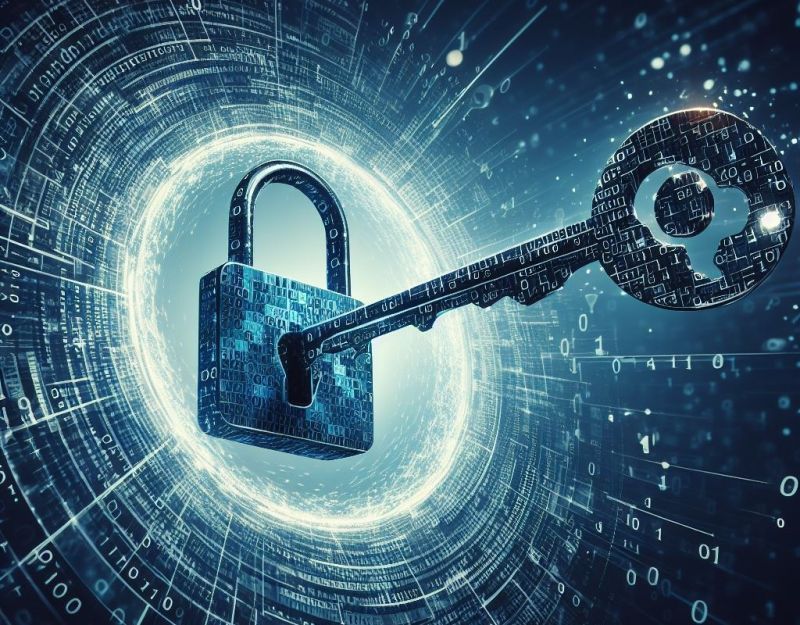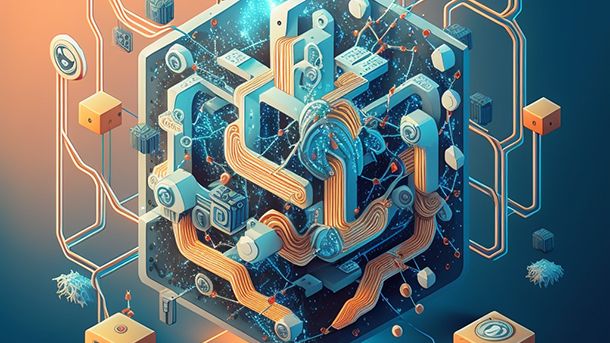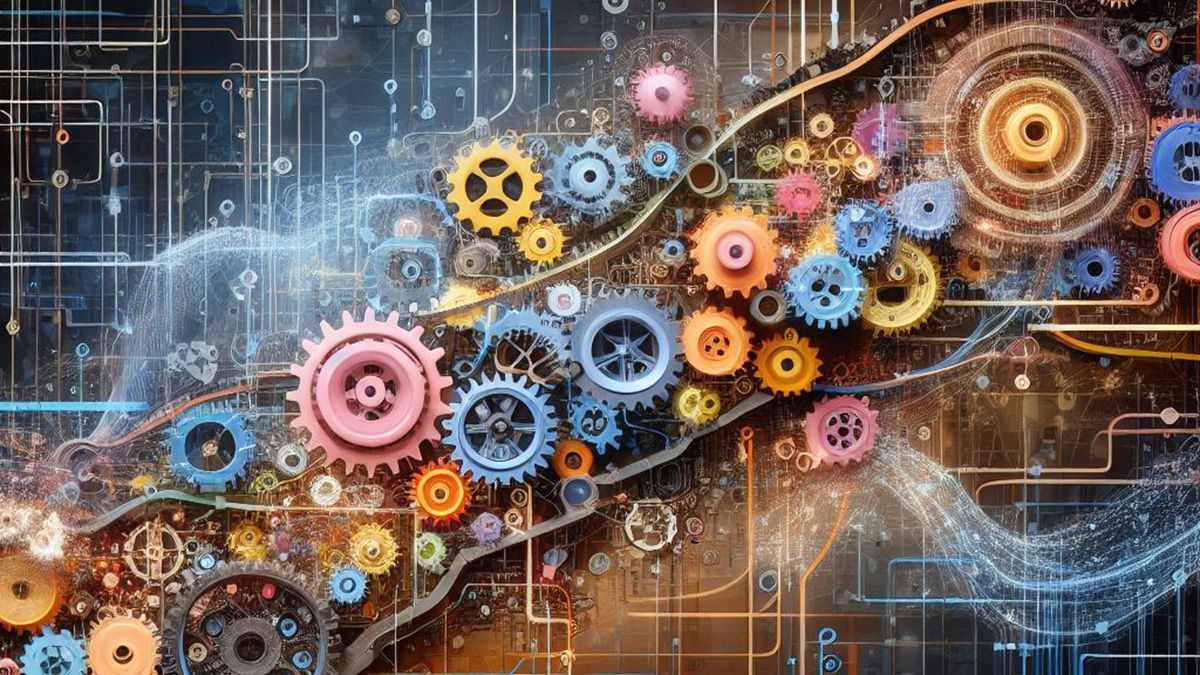Cybersecurity
Cybersecurity is the practice of protecting computer systems, networks, and digital assets from theft, damage, unauthorized access, and other cyber threats.
-
Cyber Threats: These are malicious actions or events that can harm computer systems and data. Common threats include malware (e.g., viruses, ransomware), hacking, phishing, and denial of service attacks.
-
Information Security: Protecting the confidentiality, integrity, and availability of sensitive information is a core component of cybersecurity. This includes data encryption, access control, and secure storage.
-
Network Security: Safeguarding networks from unauthorized access and potential breaches. This involves using firewalls, intrusion detection systems, and virtual private networks (VPNs).
-
Endpoint Security: Securing individual devices (endpoints) such as computers, smartphones, and IoT devices from malware and unauthorized access.
-
Security Policies and Procedures: Establishing guidelines, rules, and best practices for employees and users to follow in order to maintain security.
-
Identity and Access Management (IAM): Ensuring that only authorized individuals have access to systems and data. IAM involves techniques like multi-factor authentication and single sign-on.
-
Incident Response: Developing plans and procedures to respond to security incidents, mitigate damage, and recover systems and data after a breach.
-
Security Awareness Training: Educating employees and users about cybersecurity risks and best practices to reduce the likelihood of security incidents.
-
Vulnerability Assessment and Penetration Testing: Identifying weaknesses in systems and networks through assessments and testing, then remedying any vulnerabilities.
-
Cryptography: The science of encoding information to make it secure. It is used for tasks such as securing communication and protecting data.
-
Security Compliance: Ensuring that organizations adhere to regulatory requirements and standards related to cybersecurity, such as GDPR, HIPAA, and ISO 27001.
-
Cloud Security: Protecting data and applications hosted in cloud environments. This involves securing access, data, and services on cloud platforms.
-
Mobile Security: Safeguarding smartphones and mobile devices, which often contain sensitive information. Mobile security includes app security and device management.
-
Threat Intelligence: Gathering and analyzing information about current cybersecurity threats and using this knowledge to enhance security measures.
-
Cybersecurity Technologies: The use of advanced technologies, such as artificial intelligence and machine learning, for threat detection, intrusion prevention, and incident response.
-
Secure Software Development: Ensuring that software is developed with security in mind, including secure coding practices and regular security testing.
-
Critical Infrastructure Protection: Securing the systems and networks that are vital to a country's economy and security, such as energy grids and transportation systems.
-
Ethical Hacking: Employing skilled individuals, often called "white hat" hackers or ethical hackers, to test and strengthen a system's security by identifying vulnerabilities.
Cybersecurity is a dynamic field because threats constantly evolve. As technology advances, so do the methods and tools that cybercriminals use. Therefore, staying informed about the latest threats and security practices is crucial for individuals, organizations, and governments. The goal of cybersecurity is to reduce risk, protect digital assets, and maintain the confidentiality, integrity, and availability of data and systems.












